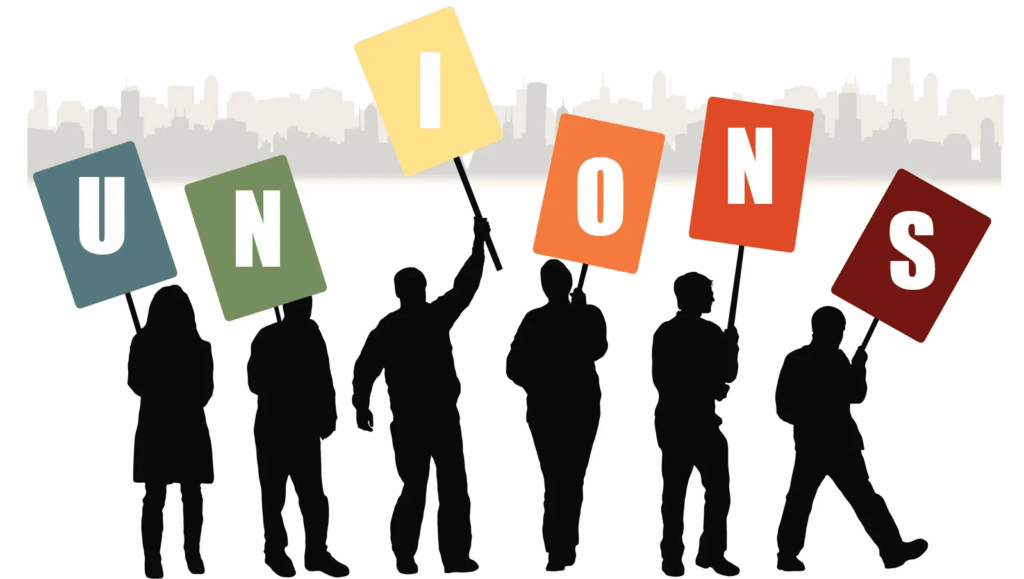Unions have been a hot topic in many debates since they were first proposed. Each industry seems to have a unique take on unionization with their own specific benefits and hardships that arise based on their union status. However, some pros and cons are arguably universal. Some positives to unions from an employee perspective are better working conditions due to employers being held accountable by the union, increased employee productivity, and safer workplaces (theweek.com). These aspects also benefit the employer because better work conditions make for happier employees, increased productivity benefits the organization as a whole, and a safer workplace directly lowers accident rates, which is very beneficial to the employer. Additionally, unions can help reduce wage inequality and give employees a stronger collective voice in negotiating fair treatment. While unions account for all these good things, they also have some downsides. This includes that they are expensive, employees have less autonomy, and historically they do go on strike relatively often (theweek.com), which can cause major disruptions to both business operations and employee income.

